|
|
-
Products
- All Products
-
Recumbent Trikes
>
- Hase Bikes Trigo
- Hase Bikes Kettwiesel
- Hase Bikes Trets
- HP Velotechnik Scorpion FS
- HP Velotechnik Gekko FX
- ICE Adventure
- ICE Adventure HD
- ICE Full Fat
- ICE Sprint X
- ICE Sprint X Tour
- ICE VTX
- Catrike 5.5.9
- Catrike MAX
- Catrike Villager
- Catrike Dumont
- Catrike Expedition
- Azub Ti Fly X
- BamBuk E-Trike Tandem
- Running Frames >
- Adaptive Bikes and Trikes >
- E-Bikes
- Tandem Bikes >
- Cargo Bikes >
- Hand Cycles >
- Kids Recumbents & Adaptive Pushchairs >
- Demo Bike Sale
- Stay & Ride
- Home Delivery
-
Testimonials
- All Testimonials
- Freedom and Independence is RAD - Kettwiesel Cross
- RAD Bike Rides with the Yellow House
- Brian's Perfect Bike - BerkelBike Pro
- Renata and Russell's Recumbent Renaissance
- Winter Adaptive Biking - Wide Tire Trikes
- Making Moves with MS - BerkelBike Pro
- Riding to Recovery - BerkelBike Pro
- Emily's First Trike - Hase Kettwiesel
- Reclaiming Freedom - Hase Bikes Pino Tandem
- Camille's Special Needs Bike - Hase Pino Tandem
- About
- Resources
- Blog
- Shop
- Contact Us
|
It can be tough for individuals with cerebral palsy to find a sport they can participate in as kids, teens, or adults. You or your child might face limitations in terms of coordination, balance, motor ability due to spasticity, stiff muscles, or involuntary movements. Finding an activity that raises your heart rate can be a challenge. The good news is that physical impairments do not have to prevent you from enjoying sports! There’s a whole world of adaptive sports designed for individuals with different levels of mobility. In this article we’ll introduce some of these sports and highlight one in particular: RaceRunning (also known as Frame Running), which is one of the most accessible and affordable sports out there for people with cerebral palsy. What's Your Mobility Ability?Cerebral palsy is different for every individual, so the accessibility of any sport is dependent upon your individual motor ability. The Gross Motor Function Classification System (GMFCS) outlines five different levels of functioning and ability and is useful in determining which adaptive sport might be a good fit for you. Choose Your Sport!Adaptive Cycling: ride a bike tailored to your abilities. Common adaptive bikes for people with cerebral palsy include hand cycles (powered by hands and feet), recumbent trikes (sometimes called therapy trikes), tandem bikes, and adaptive stationary bikes. This article from Move United provides more information about adaptive cycling choices. Boccia: this sport was designed to be played by people with cerebral palsy and has become popular with athletes with a variety of disabilities affecting motor skills. Individuals aim to throw a leather ball as closely as possible to a white target ball, called a jack. It can be played by individuals, in pairs, or in teams of three. Wheelchair Basketball: with rules similar to traditional basketball, individuals with some upper trunk and limb control in wheelchairs can participate in fast-paced matches. Para skiing: individuals with the ability to push poles from a seated or standing position can participate in para-Nordic skiing (aka cross-country skiing). Para-Alpine skiing (aka downhill skiing) includes six disciplines, including downhill, slalom, and super-G where athletes use specialized equipment such as sit-skis, single skis, or orthopedic aids. Sitting Volleyball: para-athletes can play volleyball in teams with their pelvis in contact with the ground. Para rowing: individuals can row adaptive boats over various distances, with rules similar to able-bodied rowing. Equestrian sports: anyone can participate in equestrian activities if they can maintain balance on a horse with an adaptive saddle, or simply enjoy carriage riding. The Riding for Disabled Association and the United States Para-Equestrian Association websites offer more information about the various options available. The Cerebral Palsy International Sports and Recreation Association (CPISRA) offers excellent resources on CP sports. The chart below helps illustrate what sports are possible for individuals with different GMFCS levels of ability. What if there is no team sports organization in my community, or my child is has severe mobility limitations?You may find that many CP sports require infrastructure or organizational resources that are not currently available in your local communities. The available options can also be limited if your child is GMFCS Level IV (can only walk for short distances with physical assistance) or above. In this case, your best options would be:
RaceRunning = Running + Cycling + TherapyRaceRunning began in Europe three decades ago. Invented as an alternative to wheelchair racing for people with cerebral palsy, the sport consists of track events where runners use three wheeled running bikes without pedals to compete. The Cerebral Palsy International Sports and Recreation Association (CPISRA) is actively developing RaceRunning as a competitive sport and it has become an event in the Paralympics. Today, RaceRunning has evolved into more than just track-running. Most runners are not competitive athletes, but ordinary people looking to get cardiovascular exercise, walk to the store, or run with their friends and families. RaceRunning is also an effective physical therapy tool. Studies have found that after weekly training in RaceRunning, people with cerebral palsy who started with limited or no walking ability developed more cardiorespiratory endurance and stronger legs and hips. Because RaceRunning doesn’t require you to find a special venue, join a team, or buy any specialized equipment other than the running frame, it’s accessible to more people, regardless of location or local resources. Like other CP sports, RaceRunning has many psychological and social benefits. Improved stamina, balance, and weight management may help CP athletes gain greater self-esteem. The opportunities to make new friends and enjoy the outdoors with friends and family can also increase confidence and a feeling of independence. RaceRunning = Running + Cycling + TherapyThe RaceRunner’s increasing affordability has also made RaceRunning more accessible than ever. Costs for assistive technologies such as specialized walkers and adaptive bikes can easily become cost prohibitive. In comparison, RaceRunners are around $1500 USD and can double as chest support walkers with a saddle. All of our RAD RaceRunners™ are under 30 lbs. (13.6 kg.) and feature highly customizable components for individual needs. The RAD RaceRunner™ running frame is designed according to bike industry standards, and you can even add your own accessories – swapping out the saddle, installing new tires for different terrains, and adding gear like water bottle holders. If you are interested in learning more about RaceRunning, starting a regional RaceRunning club, or seeing how RaceRunning has made a difference in the lives of people with cerebral palsy, visit RaceRunningUSA.com. For inquiries about the RAD RaceRunner™, please contact RAD-Innovations.
And here are some of other resources to help you learn more about physical activity with Cerebral Palsy: CP Resource by the Cerebral Palsy Foundation Cerebral Palsy International Sports and Recreation Association (CPISRA)
5 Comments
Salvador Perez Manzano
2/1/2022 07:48:20 am
Hello, I work as a PE teacher in an ASN school with pupils with sever and complex needs. We would like to enquire more information about the running trikes.
Reply
7/31/2023 10:13:59 pm
I love how this blog post "
Reply
9/20/2023 08:31:51 am
I've been a dedicated follower of this blog, and I can confidently say that its content is exceptional. It consistently covers the latest happenings in entertainment and sports. I recently had the pleasure of using <a href="https://community.atlassian.com/t5/user/viewprofilepage/user-id/5224664">Online Betting ID</a>, and I was highly impressed. Their website is well-designed, and their customer service is outstanding.
Reply
Leave a Reply. |
Archives
February 2023
Categories
All
|
802-382-0093
Copyright © 2023 RAD-Innovations LLC™
RAD-Innovations LLC, RAD RaceRunner and RADRacer are trademarks of RAD-Innovations LLC
Website by Clover Ridge Media
-
Products
- All Products
-
Recumbent Trikes
>
- Hase Bikes Trigo
- Hase Bikes Kettwiesel
- Hase Bikes Trets
- HP Velotechnik Scorpion FS
- HP Velotechnik Gekko FX
- ICE Adventure
- ICE Adventure HD
- ICE Full Fat
- ICE Sprint X
- ICE Sprint X Tour
- ICE VTX
- Catrike 5.5.9
- Catrike MAX
- Catrike Villager
- Catrike Dumont
- Catrike Expedition
- Azub Ti Fly X
- BamBuk E-Trike Tandem
- Running Frames >
- Adaptive Bikes and Trikes >
- E-Bikes
- Tandem Bikes >
- Cargo Bikes >
- Hand Cycles >
- Kids Recumbents & Adaptive Pushchairs >
- Demo Bike Sale
- Stay & Ride
- Home Delivery
-
Testimonials
- All Testimonials
- Freedom and Independence is RAD - Kettwiesel Cross
- RAD Bike Rides with the Yellow House
- Brian's Perfect Bike - BerkelBike Pro
- Renata and Russell's Recumbent Renaissance
- Winter Adaptive Biking - Wide Tire Trikes
- Making Moves with MS - BerkelBike Pro
- Riding to Recovery - BerkelBike Pro
- Emily's First Trike - Hase Kettwiesel
- Reclaiming Freedom - Hase Bikes Pino Tandem
- Camille's Special Needs Bike - Hase Pino Tandem
- About
- Resources
- Blog
- Shop
- Contact Us

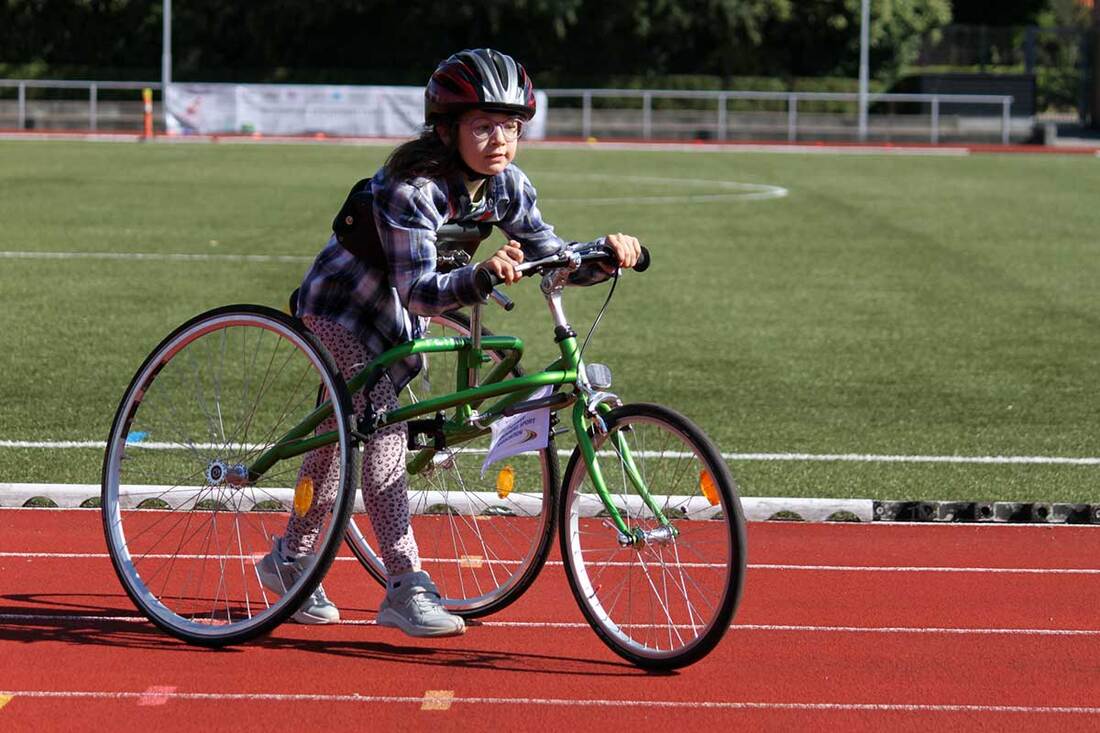
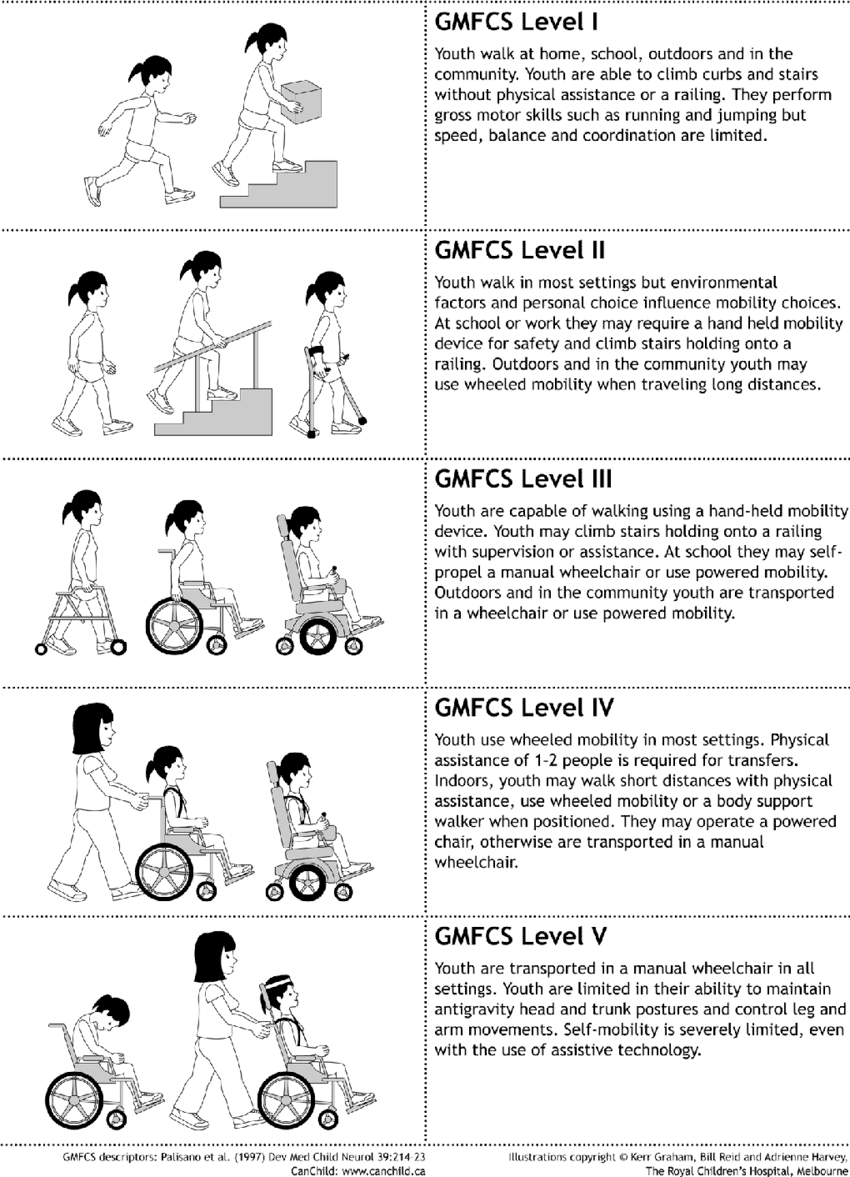
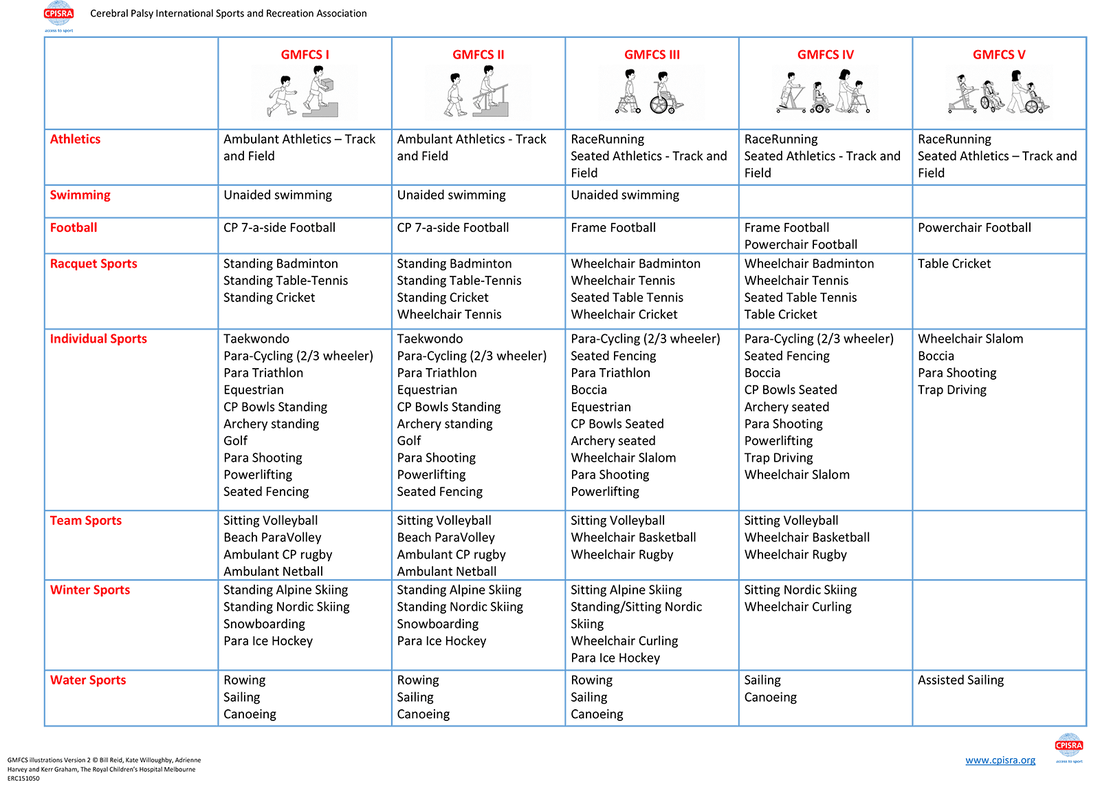
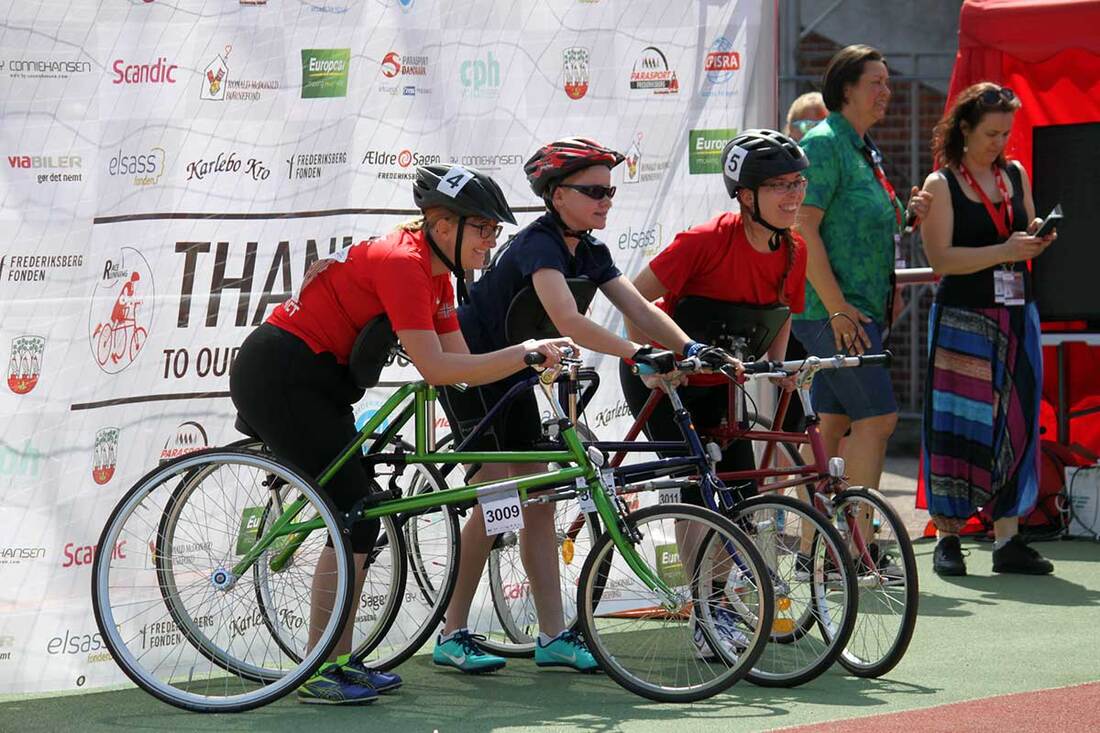
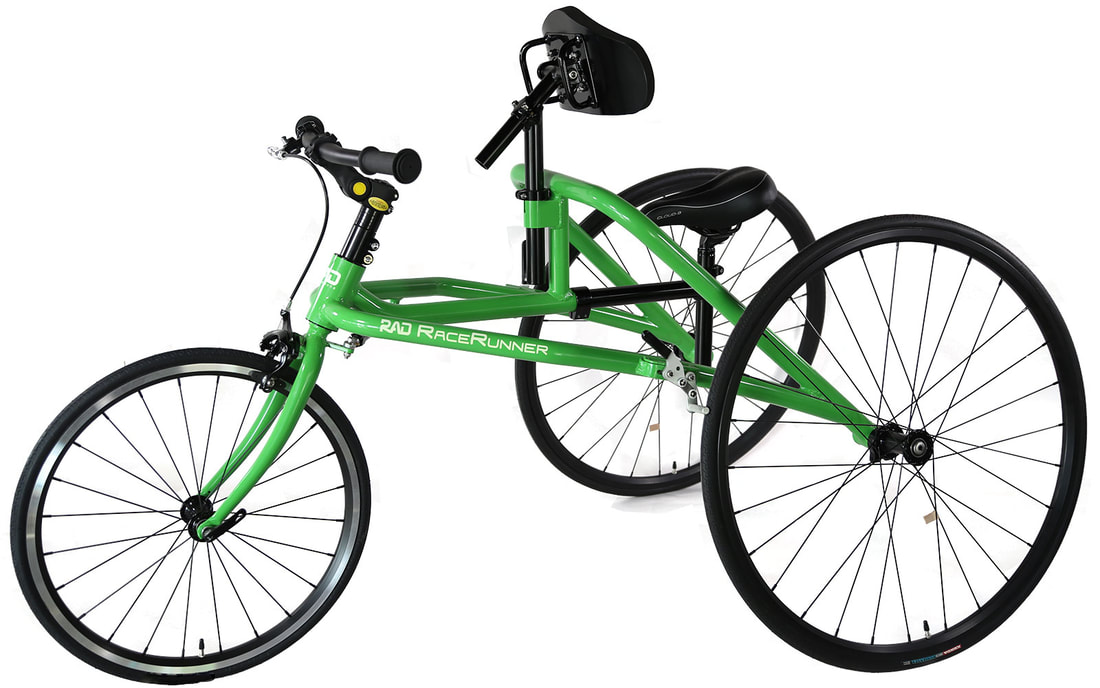
 RSS Feed
RSS Feed

